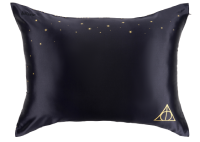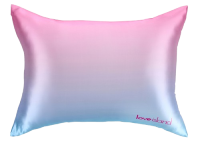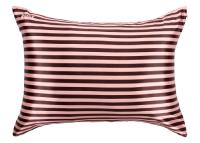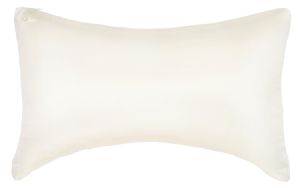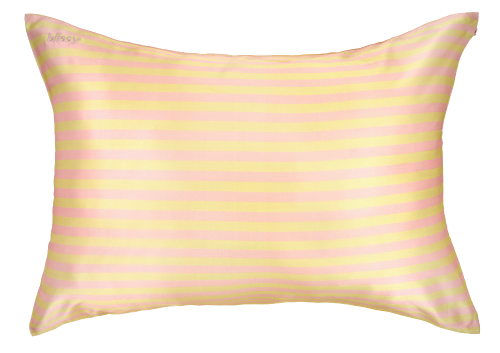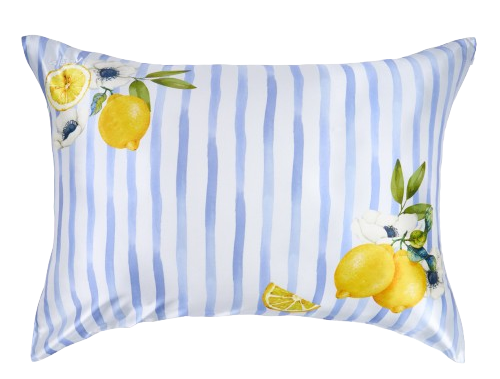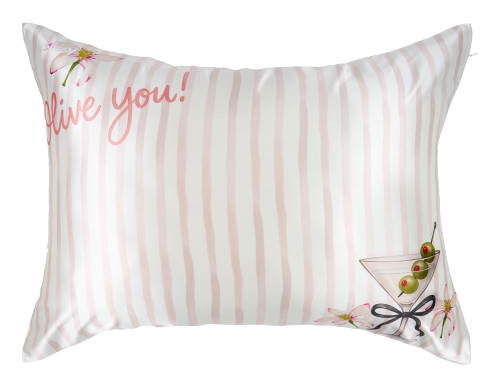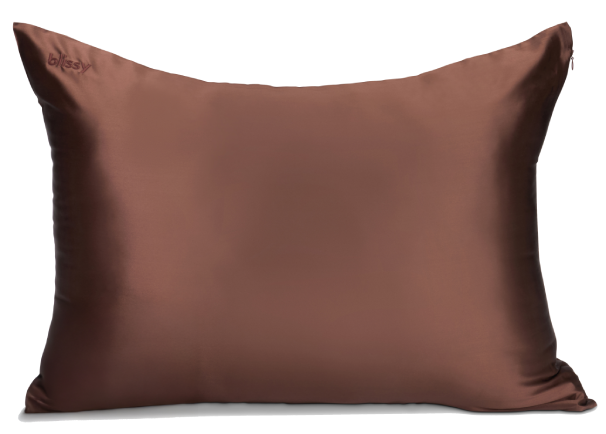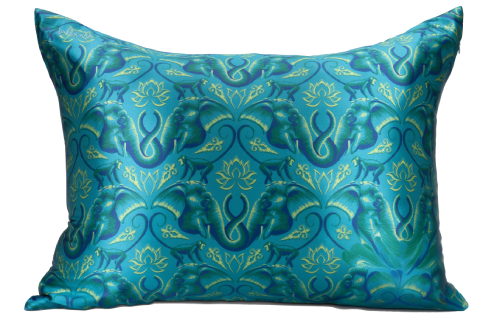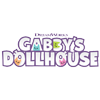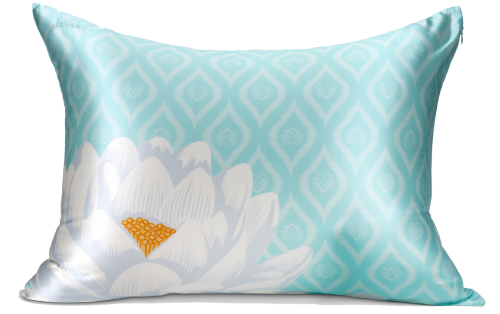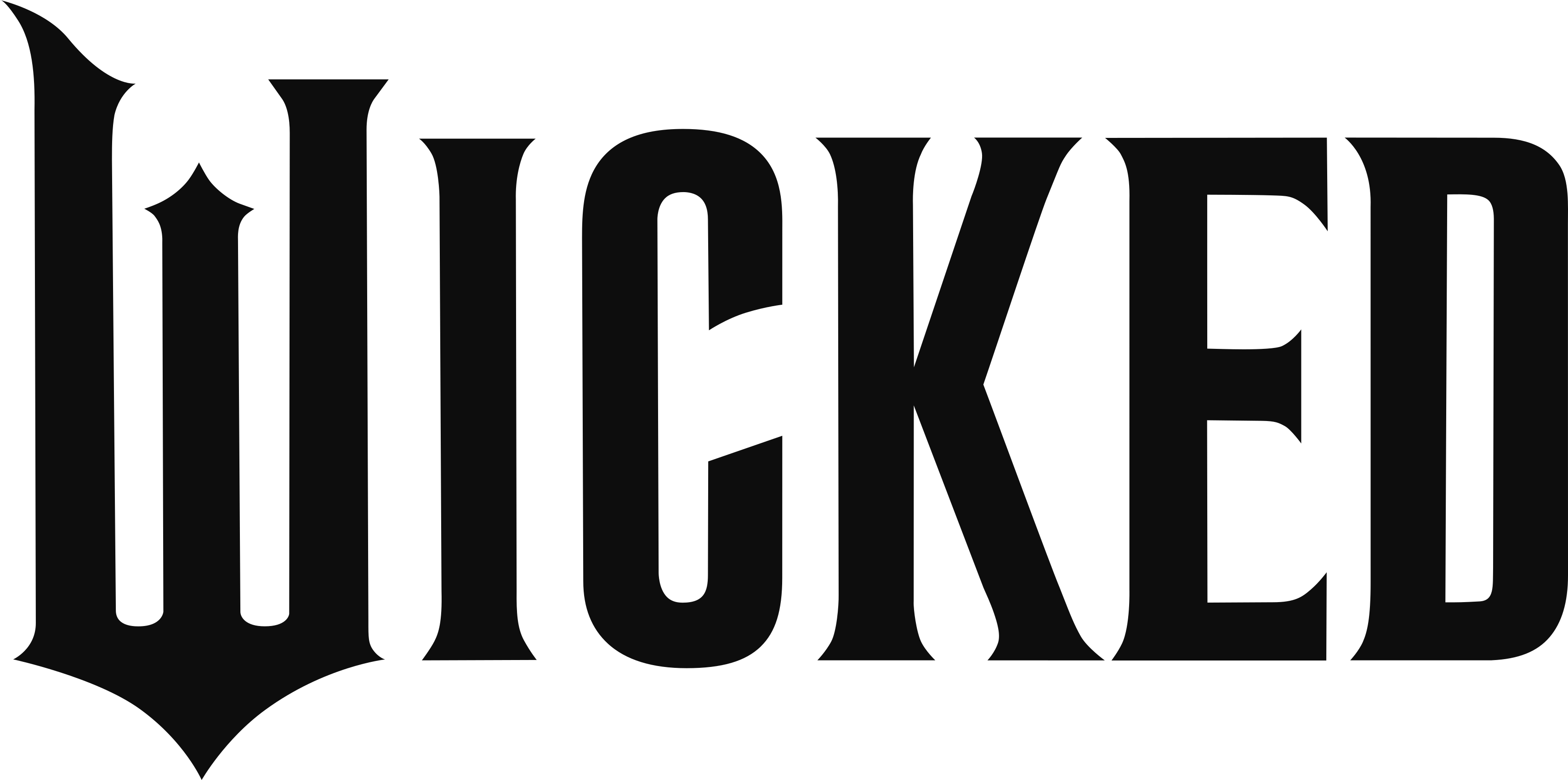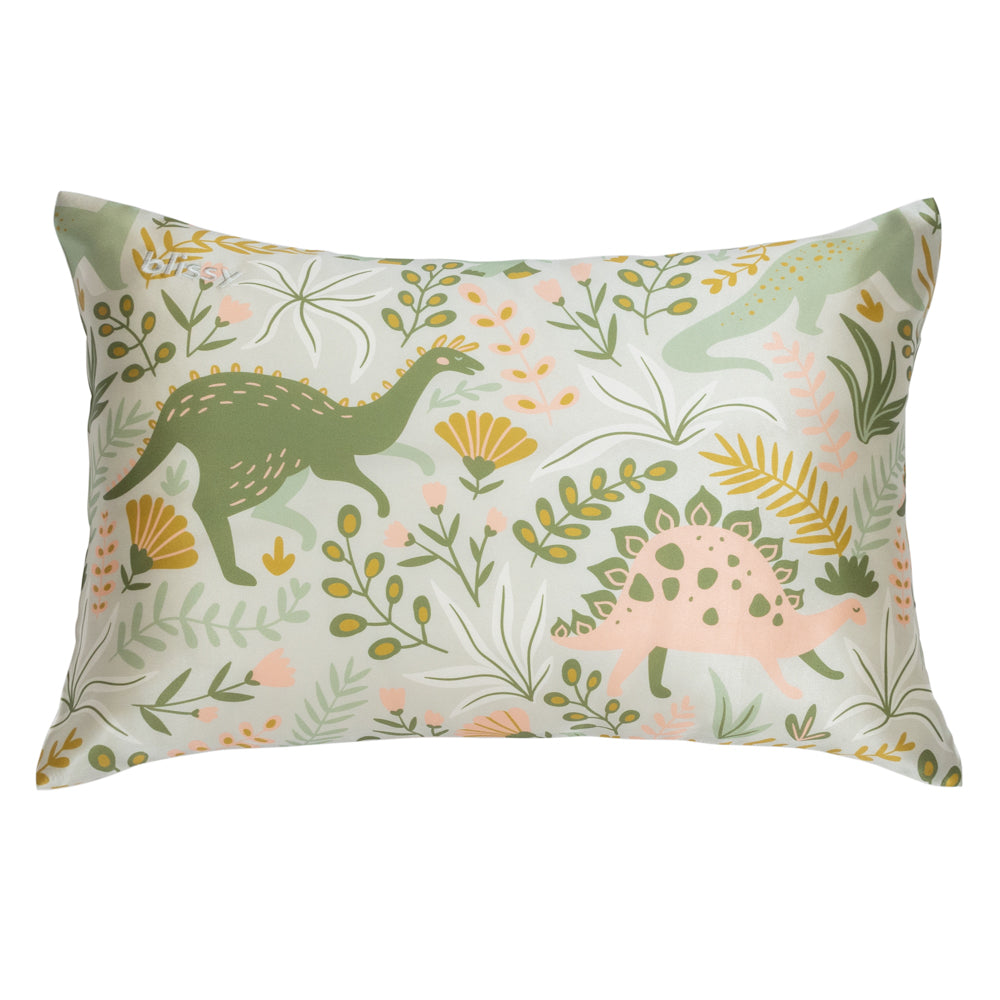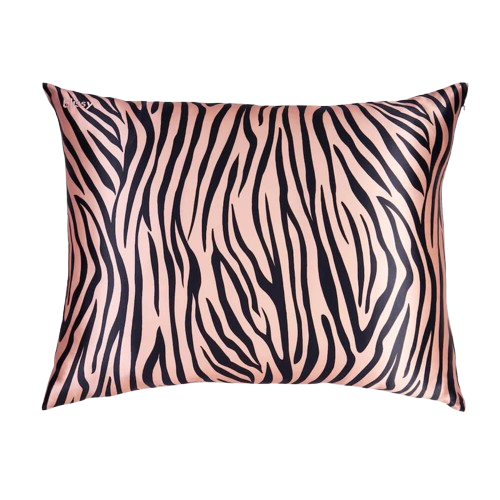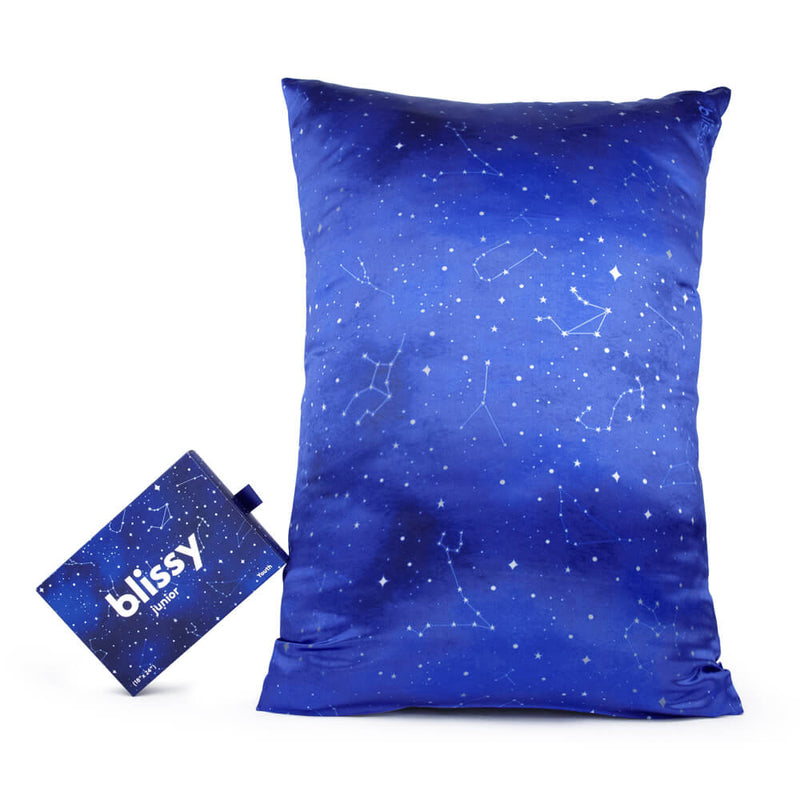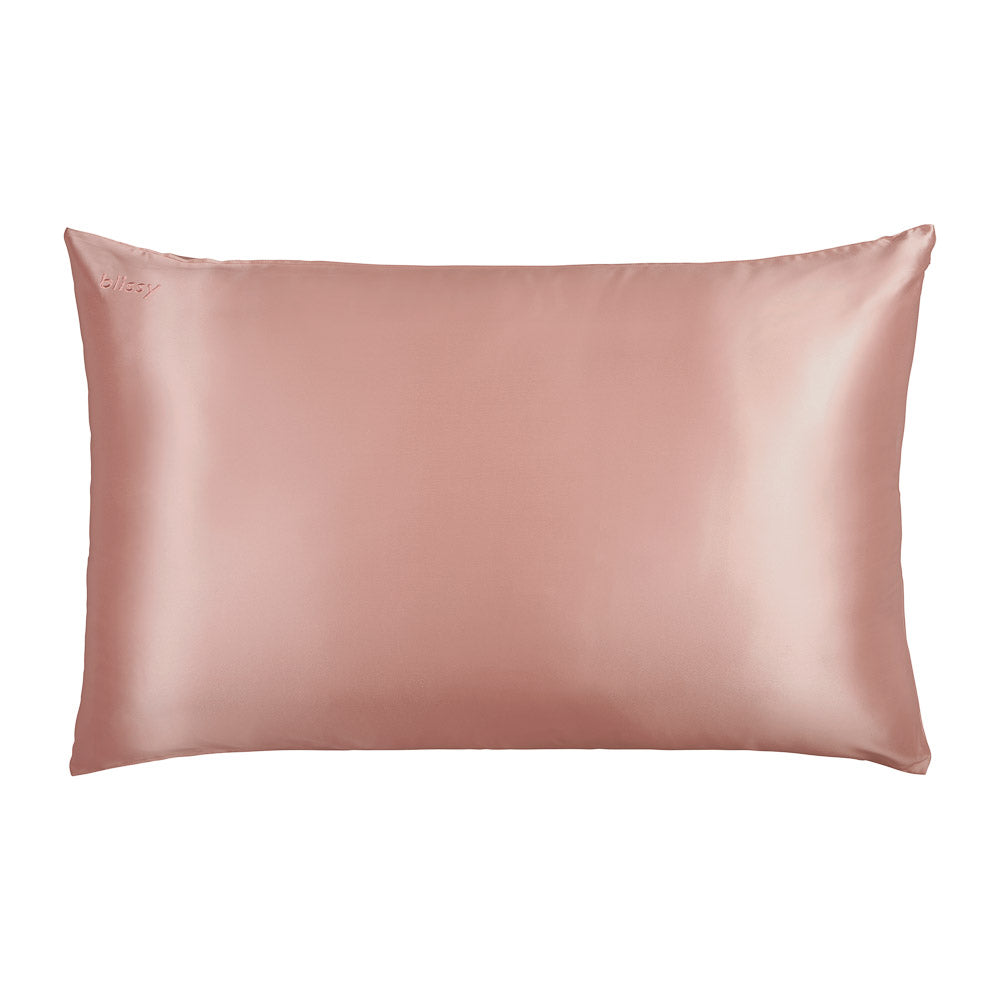Why Sleep Matters for the School Year
Sleep isn't just about rest—it's about readiness. According to the CDC, children and teens who don’t get enough sleep are more likely to struggle with attention, behavior, and learning.
And for parents juggling it all? Poor sleep can mean less patience, more stress, and a rougher start to each day.
Establishing healthy sleep routines now can lead to smoother mornings, better moods, and even improved grades.
Let’s break it down by age—and explore how small upgrades can make a big difference.
Preschool & Elementary: Gentle Routines = Easier Mornings

Target bedtime:
-
Preschool (ages 3–5): 7:00–8:00 p.m.
-
Elementary (ages 6–12): 8:00–9:00 p.m.
Recommended sleep:
-
Preschoolers: 10–13 hours per night (including naps)
-
Elementary-aged kids: 9–12 hours per night
Young kids thrive on consistency. Begin winding down 30–60 minutes before bed with calming activities: warm baths, bedtime stories, or soft music. Avoid screens, which suppress melatonin and delay sleep onset.
✨ Sleep upgrade tip:
Consider swapping scratchy or heat-trapping bedding for breathable, hypoallergenic materials. Blissy’s 100% Mulberry Silk pillowcases are gentle on sensitive skin and help regulate body temperature—especially helpful if your little one tends to get sweaty or itchy at night. And they come in patterns that kids love! (Sizes toddler to king).
Clinical note: A dermatologist-backed study showed that Blissy silk pillowcases helped maintain skin hydration and reduced irritation, which is critical for children with eczema, psoriasis, or sensitive skin.
Further Reading:
Tweens & Teens: Beat the Biological Clock Shift

Target bedtime: 9:00–10:30 p.m.
Recommended sleep: 8–10 hours/night
Teen circadian rhythms naturally shift later—but early school start times don’t budge. That means your teen might be fighting biology and the clock.
To help, keep wake-up times consistent, even on weekends. Use dim lighting in the evening and morning sunlight to help reset their internal clock. Limit caffeine after 2 p.m. and encourage device shutdowns 60 minutes before bed.
✨ Sleep upgrade tip:
Teens dealing with breakouts or stress-related skin flareups? A silk pillowcase can help reduce bacteria and friction while keeping skin calm. Blissy is the only clinically tested silk pillowcase on the market and is recommended by dermatologists like Dr. Aleksandra Brown, who says:
“Blissy…traps less dirt and bacteria and helps skin stay clear—90% of users reported clearer skin.” -Dr. Aleksandra Brown
College Students: Sleep Smarter, Not Shorter

Target bedtime: Flexible, depending on schedule
Recommended sleep: 7–9 hours/night
Late-night study sessions, stress, and screen time all chip away at college sleep. Even if schedules vary, consistency and environment matter.
Encourage students to treat sleep as part of their wellness routine. Eye masks, silk pillowcases, white noise, and even aromatherapy can support deeper rest in dorms or apartments.
✨ Sleep upgrade tip:
The Blissy Sleep Mask blocks out dorm lights with a soft, pressure-free fit that helps cue the body to rest. Made from 100% Mulberry Silk, it's gentle on skin and lashes—ideal for naps, shared spaces, or weekends home. Includes a matching travel pouch.
Parents & Caregivers: Reclaiming Rest

Target bedtime: 9:30–11:00 p.m.
Recommended sleep: 7–9 hours/night
Let’s be honest—parents are usually the most sleep-deprived in the household. Between drop-offs, lunches, work, and worry, quality sleep can feel elusive.
Small changes like keeping your room cool, dimming lights after 9 p.m., and establishing your own wind-down ritual can help. If neck pain or tossing-and-turning is part of the problem, your pillow might be to blame.
✨ Sleep upgrade tip:
The Blissy Signature Adjustable Pillow is chiropractor-endorsed and designed to support spinal alignment for side, back, or combo sleepers. According to Dr. Krystal Phillips:
“It’s ergonomic and customizable—perfect for reducing neck pain and headaches, especially during stressful routines."
Blissy Pillow

What the Science Says: Blissy Helps Improve Sleep
Blissy isn’t just hype—it’s backed by clinical results. In a 2025 Kosmoscience study simulating overnight stress on hair, Blissy significantly reduced frizz and preserved hair organization vs. standard pillowcases.
This translates to less morning chaos, especially for kids with textured or curly hair—meaning you’re not fighting with knots before school.
And real parents agree. In Blissy’s internal review data, parents praised the product for improving their children’s sleep and helping with night sweats and itchy skin.
Further Reading:
Final Tips to Start the School Year Rested
-
Start the transition early. Begin shifting bedtimes 1–2 weeks before the first day of school.
-
Stay consistent. Even on weekends, keep wake-up and sleep times within 1 hour of school-day routines.
-
Prioritize wind-down time. Devices off, lights low, and soft fabrics help signal the body it’s time to rest.
-
Upgrade their bedding. Comfortable, skin-friendly materials like silk can reduce irritation and support better rest.
Summary
-
Kids and teens need more sleep than they get—and routine is key.
-
Parents also benefit from ergonomic and cooling sleep support.
-
Blissy’s dermatologist- and chiropractor-recommended products offer clinically tested solutions for better rest.
Ready to make school mornings smoother?
Try Blissy risk-free and help your whole family sleep smarter this school year.
✨ Shop Now →



